10 Things Most People Don’t Know About Backfill Sand
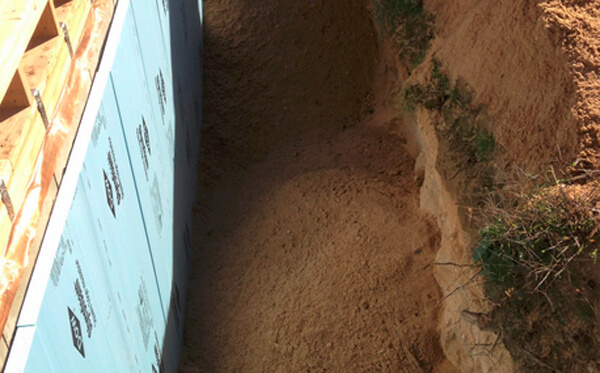
In order to sustain and strengthen a structure, backfilling is the act of reusing or refilling the soil that is removed during the excavation of foundations, ground-bearing slabs, or other groundwork.
It serves as an underpinning for slabs, roads, walkways, and other foundational components and safeguards foundations.
Depending on the structural requirements, backfill may be composed of the same soil that was removed during excavation or it may be a combination of imported soil, boulders, and stones. Sand is typically used for backfilling.
Contents
What is Backfill Sand
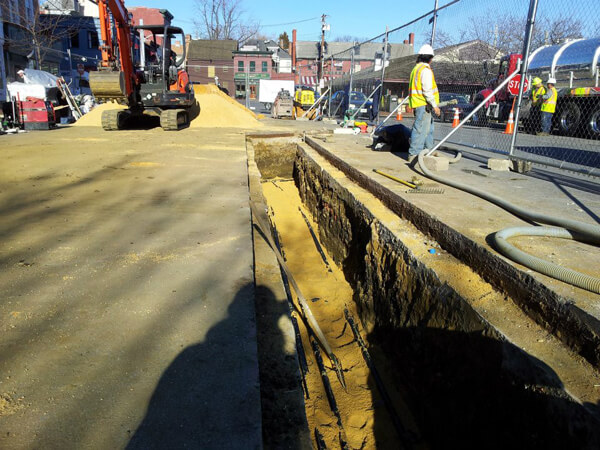
Backfill is the material that is used to fill a hole or trench in your yard. This material can be excavated soil, a sand and gravel combination, or commercial items. Backfilling is often accomplished in layers. Different materials have various qualities.
Can You Use Sand As a Backfill
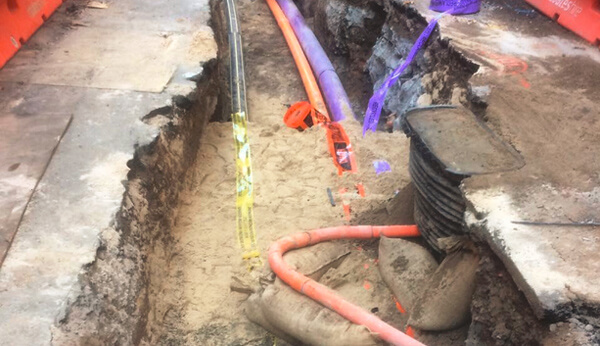
Yes, you can. Sand is an important component of a well-backfilled hole or trench because it drains efficiently and compacts well, especially when moist. Backfilling criteria vary according to county codes, but will often contain a layer of aggregate rock used as bedding around pipelines and subterranean infrastructure.
A layer of felt is placed above the rock bedding to keep sand from washing into the rock bed, sand, and topsoil. Sinking after backfill is prevented by properly stacking these materials.
Why is Sand Used For Backfilling
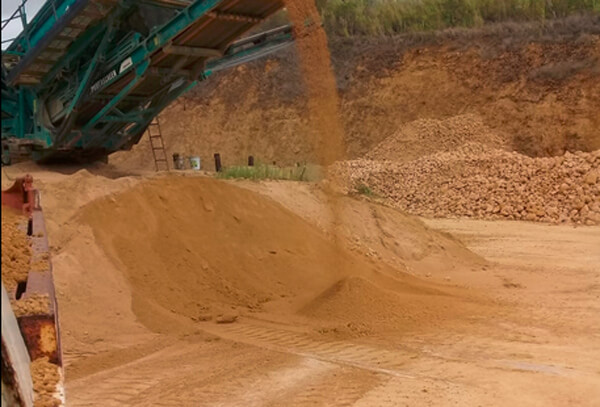
Because the individual bits of sand is so tiny, there is substantially less space between each grain of sand. Because of this, it is simpler to maintain the sand in place over time. It also enables drainage, thus it is the best material for backfilling.
If you’ve ever gone to the beach and picked up a handful of wet sand, you’ve definitely seen water leaking out of it while you held it. You probably likely noticed that the handful you had felt like one object, a large lump, rather than a handful of millions of little rocks.
This is because sand has a high compaction rating, which is attributable to the size of the grains.
Is Sand Good For Backfilling
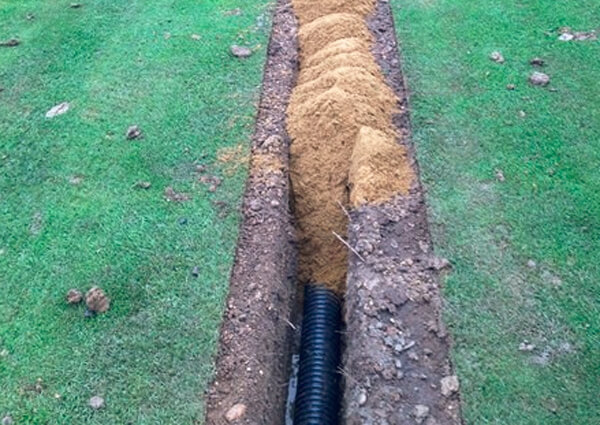
To understand it, you really need to understand the pros and cons of using it as a backfill.
Pros
- Sand compacts effectively. Returning to the beach, you observe how heavy sand appears to be relative to its size when you pick it up, especially wet sand. Because the grains fit so tightly together, a lot of mass may be packed into a tiny space. This indicates that the grains are tightly packed together.
- Sand is not readily moved. When larger boulders are piled together, there is less surface area of each stone pressed against the others and less friction holding them together, which is not an issue with sand and its microscopic grains. Sand should be your first choice when you require a backfill that will not shift at all.
- Sand retains its form nicely. Sand as a backfill requires water since it must be kept moist in order to compress correctly. It gets quite firm after drying. It’s not strong enough to support a skyscraper, but when sand dries in place as backfill, it provides a hard mass that doesn’t move much.
Cons
- Sand may store water if it is sufficiently wet. While sand allows water to drain, it can only do so up to a limit, and if sand becomes saturated, it will cease draining. Because the grains are tiny and so densely packed together, only a limited amount of water may gather there before your backfill becomes saturated. If you receive a lot of rain at once, you can wind up with a flooded mess.
- Backfill tasks are not typically do-it-yourself undertakings. If your project is small, you should have no problems. But what about a huge task like a pool? That’s not something you want to mess up. The building crew has already arrived. Allow them to do it.
To sum it up sand backfill if used with care is a great alternative.
What Kind Of Sand is Fill Sand
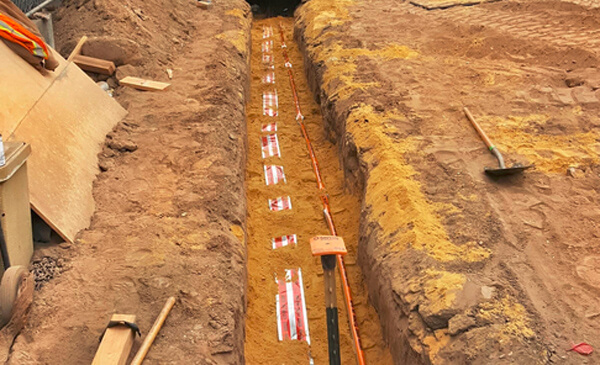
Utility sand, also known as fill sand, has a coarse texture and is composed of white, grey, beige, tan, and brown particles. It’s commonly utilized beneath paving stones (for example, as a base material for concrete) or to fill holes and ditches.
Despite the fact that it hasn’t been treated or cleaned, it compacts exceptionally effectively.
How to Compact Sand Backfill
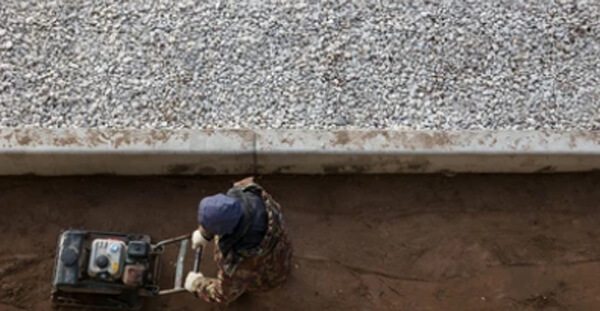
Shovel the aggregate rock into the hole or trench until it reaches the height you measured.
Spread a layer of felt fabric over the full surface area of the rock, cutting it with a utility knife along the margins of the hole or trench.
Fill the trench with sand, totally covering it. Spray the sand with water and compact it using the equipment as directed by the manufacturer. Keep wetting the sand as it compacts. Fill the remaining pit or trench with local dirt after the compaction becomes low, that is, the compactor does not sink over the sand.
Mechanical compaction necessitates a number of passes to produce the required effects, which are dependent on the lift thickness and soil moisture content. Vibratory plates, also known as plate compactors, are ideal for working with granular materials such as sand.
How to Estimate Sand Backfill
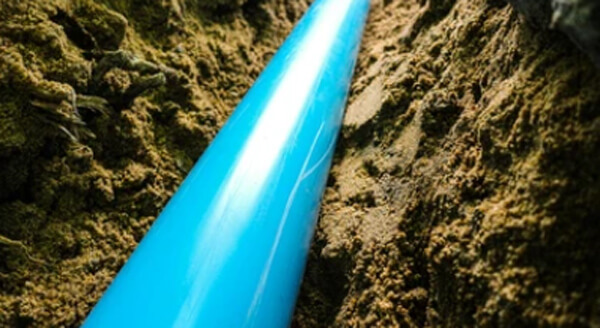
The sand amount is often measured in terms of volume and mass. Imperial or US customary measurements are based on cubic yards, cubic feet, and cubic inches, and metric and Indian standards are based on cubic meters, cubic feet, and brass. Sand mass is commonly expressed in kilograms, pounds, and tons.
Typically, the volume of an excavation or backfill is calculated by multiplying its length, breadth, and depth, which equals the volume of the needed amount of sand.
Is Sand Ok to Backfill For Concrete Slab
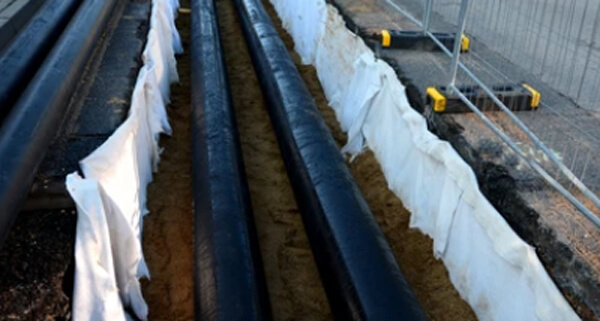
When constructing a concrete slab, the space under the slab is backfilled with sand after the footing has been excavated and poured. The fill is placed at the desired starting point for your concrete slab.
This is because, ideally, sand will keep the ground beneath the slab dry and act as an excellent agent to help with drainage problems. Never backfill using materials made of clay. Clay does not drain well and retains water.
Can Sand Be Used For Backfilling Against Sidewalks
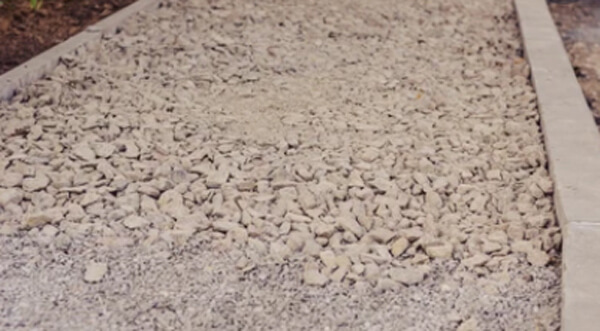
The majority of people build concrete patios or sidewalks, therefore in that instance, a blend of coarse and fine aggregate that would make a compactable foundation would be a smart choice.
Overall, the optimum foundation material for any concrete flatwork is a combination of crushed stone and sand
What Sand Should Be Used to Backfill a Trench
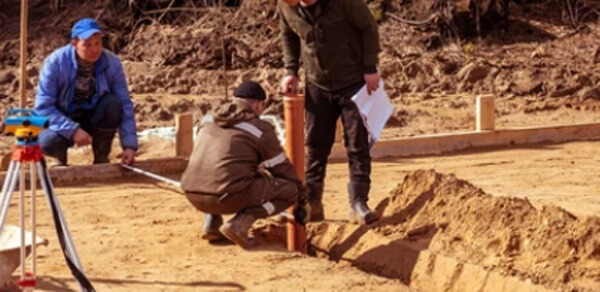
Utility sand- (Fine) – Due to the frequent usage of this material by commercial and residential construction teams to backfill water pipes after they have been installed, it is also known as pipe sand.
This material may be utilized for a variety of tasks, including backfilling behind retaining walls, filling trenches, and under concrete roads.
Conclusions
Whichever backfill material you decide on, make sure it’s based less on price or supply (though both factors do demand consideration) and more on the specifics of your project and the location where it will be used.
If the backfill will be placed up against anything like a wall, take into account the weights involved, groundwater levels, and drainage requirements. Sand backfill works well most of the time.

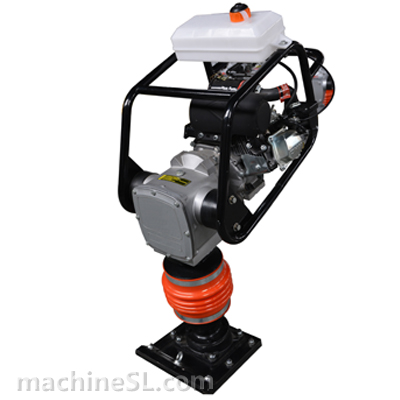





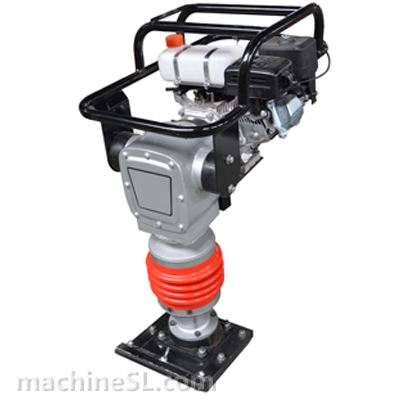
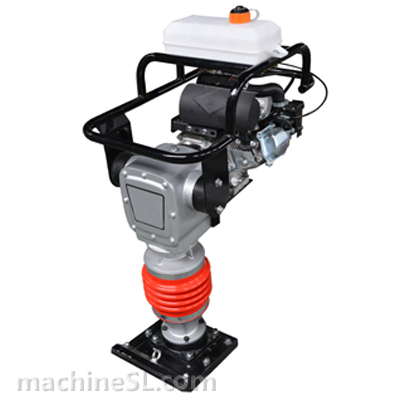

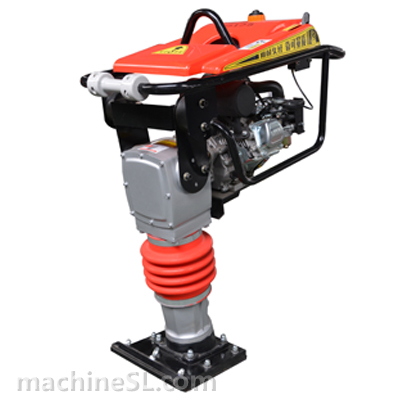
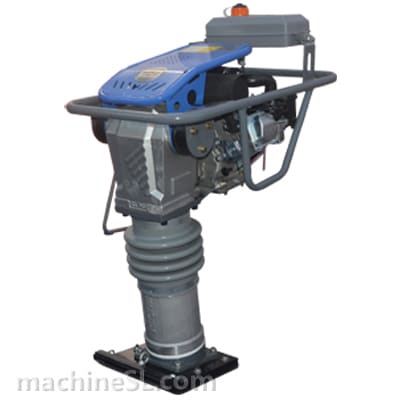


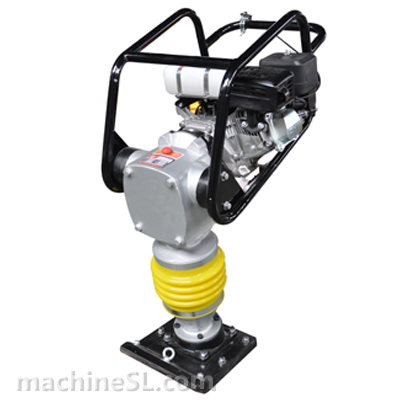
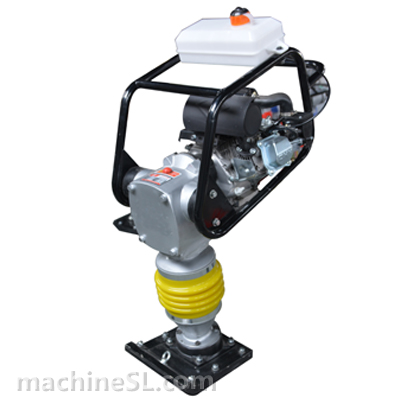



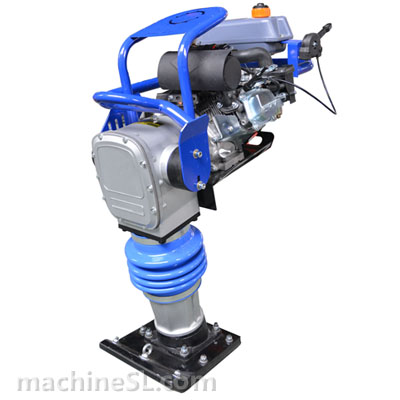



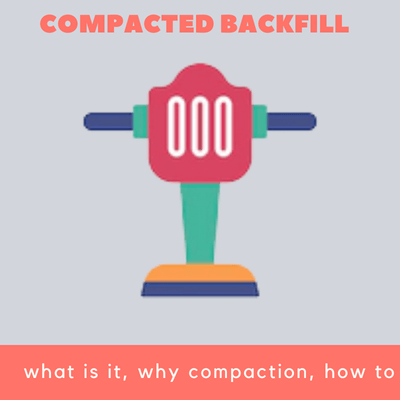
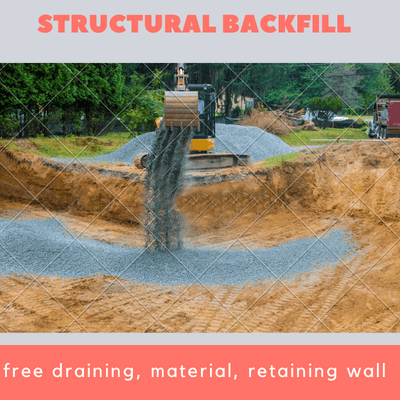
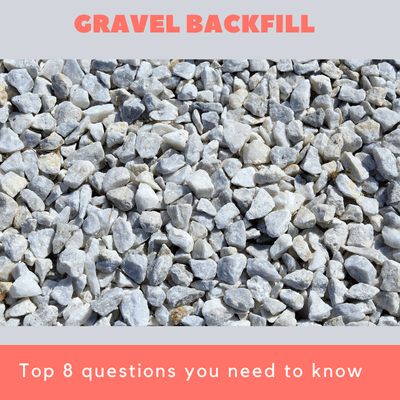
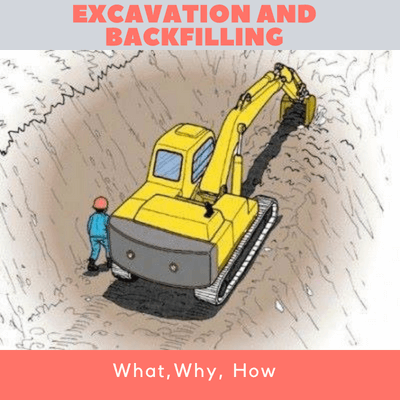
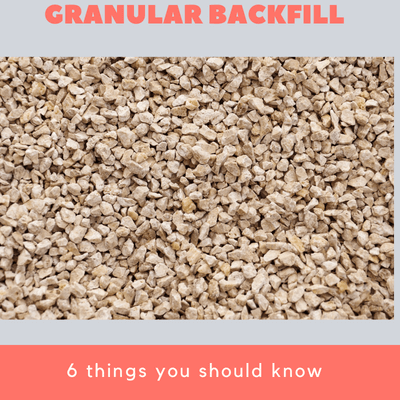
Leave A Comment